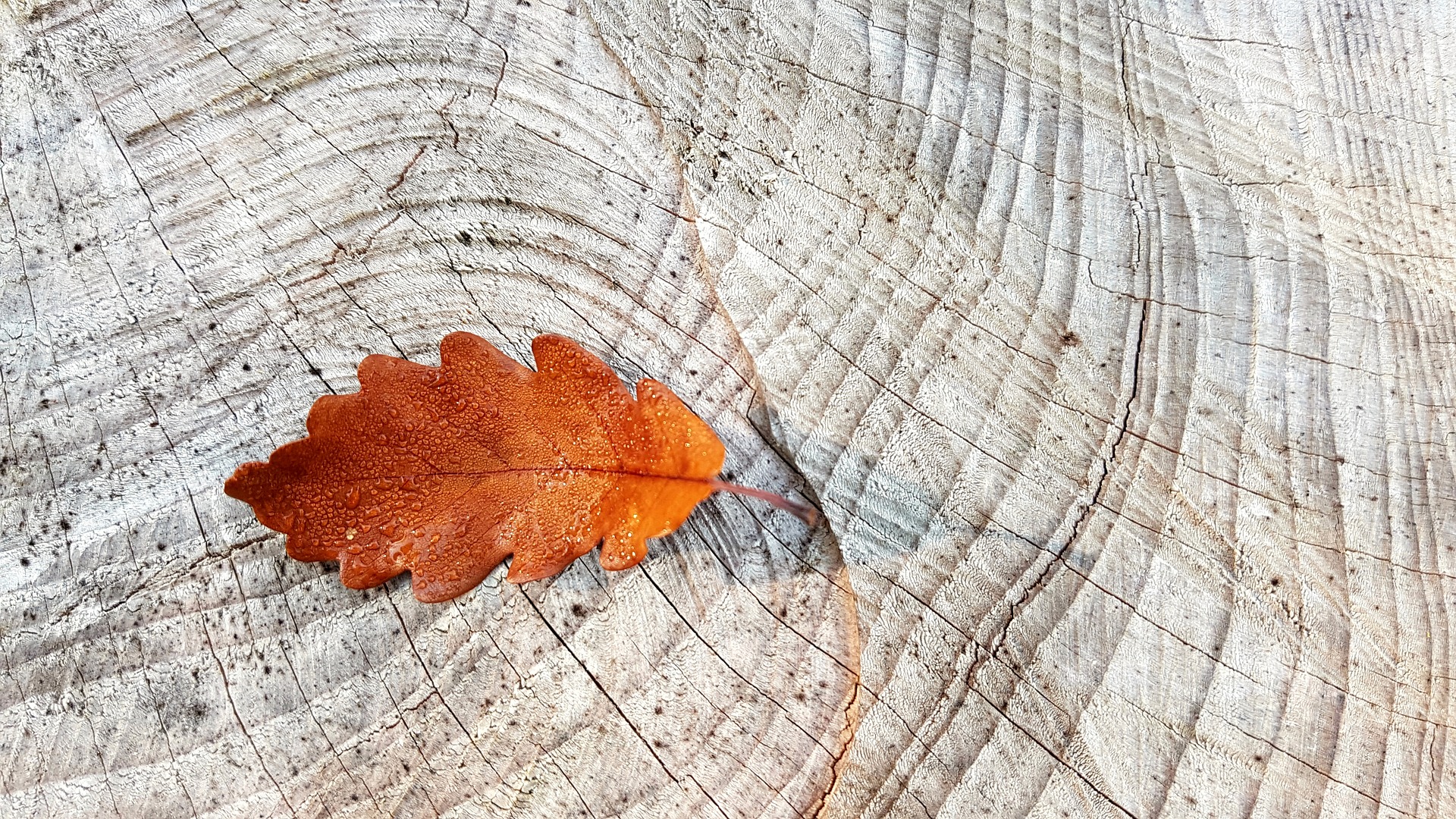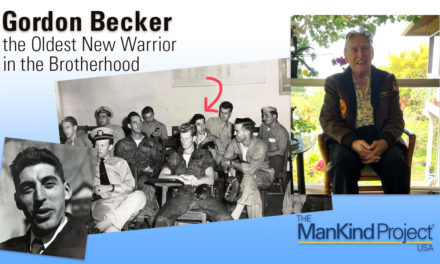by Terry Jones
In considering the stages of my life I often think about the seasons. Spring was about birth. Summer was a time of blossoming, growing up. Autumn is a time of harvest. Autumn asks that we harvest our long life experience—that we be wise in the ways of garnering and keeping. But it also asks that we learn to let go…
And Winter is about completion.
DH Lawrence saw this darkly.
“Now it is autumn and the falling fruit and the long journey towards oblivion.
The apples falling like great drops of dew to bruise themselves an exit from themselves.
And it is time to go, to bid farewell to one’s own self, and find an exit from the fallen self.
Have you built your ship of death, O have you? O build your ship of death, for you will need it.”
For the person who embraces the idea of elderhood the Autumn of your life is about sowing the seeds you planted throughout your life. Now you can review what has grown from that planting. Elders often want in this season to leave a message for those they love. This could be your story. One thing I missed in my family was detail about the lives of my mother and father. If they had told their story I would have a richer idea of what their journey had been about.
I have a suggestion about how to get started on writing your story. Each seven years of our life marks a beginning of a new phase of development. For example, by age seven we have formed a personality that will remain with us unless we try hard to change it. At age 14 we pass through puberty and the challenges of that transition. At 21 we are honored as adults. So for the first part of this life story writing exercise, list at least two significant events and people from each of the twelve seven year phases.
For the second part of this exercise, reflect on each seven year phase and write down what this phase contributed to the continuum of your life and who were your guides and your severe teachers. My severe teachers were people who were hard on me and I learned how to cope by dealing with them.
One of the ways I harvested my long life was to redefine some of my life events. As an example, until I began reviewing my life story I had referred to my twenties as the “Dark Ages”. My twenties were hard but important and exciting. I realized that many other people had found their twenties to be difficult. So, in reviewing this time of my life I came out of the exercise just calling this time of life my twenties, not labeling them as dark and thus relieved myself of some shame and guilt.
Writing our story for the sake of those that follow behind us is only one of a number of projects I faced in embracing the archetype of generative elder. These projects can include:
-
Considering that I had wisdom to share;
-
Embracing my mortality and doing what I could to remain healthy for as long as I could;
-
Facing the reality of being closer to death than to birth;
-
Forgiveness work. I could carry grudges at midlife. At ages sixty, seventy and eighty holding grudges is like carrying around a bucket of sand.
-
Learning what it means to be a source of blessing;
-
Learning the difference between mentoring and teaching. The young people an elder is mentoring are the teachers. They now run things, determine policy, offer leadership. I am their advocate, not their teacher.



